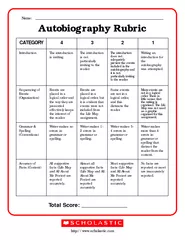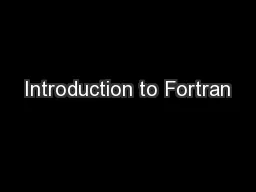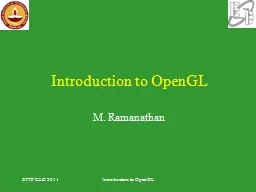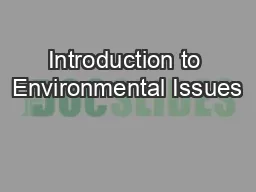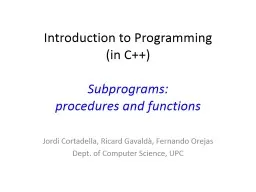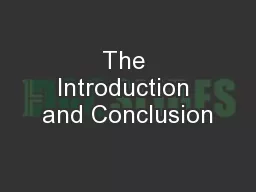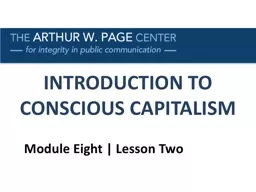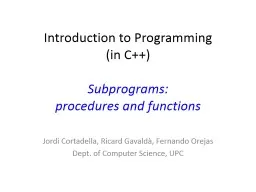PPT-Introduction to CBMC
Author : sherrill-nordquist | Published Date : 2015-10-21
Software Engineering Institute Carnegie Mellon University Pittsburgh PA 15213 Arie Gurfinkel November 19 2012 based on slides by Daniel Kroening Bug Catching with
Presentation Embed Code
Download Presentation
Download Presentation The PPT/PDF document "Introduction to CBMC" is the property of its rightful owner. Permission is granted to download and print the materials on this website for personal, non-commercial use only, and to display it on your personal computer provided you do not modify the materials and that you retain all copyright notices contained in the materials. By downloading content from our website, you accept the terms of this agreement.
Introduction to CBMC: Transcript
Download Rules Of Document
"Introduction to CBMC"The content belongs to its owner. You may download and print it for personal use, without modification, and keep all copyright notices. By downloading, you agree to these terms.
Related Documents



